The statue of Paolina Borghese is a marble sculpture made by Antonio Canova between 1805 and 1808. It portrays young Paolina Bonaparte, sister of Napoleon and wife of Roman prince Camillo Borghese, who commissioned the work. Paolina was 25 when she decided to pose for Canova. At the time, she was an extremely social creature, both popular and famous. In 1804 Napoleon proclaimed himself Emperor of France and Paolina Borghese took on the title of Imperial Highness. Canova was also at the peak of his renown as an artist, and became Napoleon’s official portraitist. In one famous sculpture, he portrayed the French general as a “peacemaking Mars.” Canova sculpted Paolina holding an apple, echoing the Greek myth in which Trojan prince Paris must choose the most beautiful goddess between Hera, Athena and Aphrodite. Paris chooses Aphrodite, giving her a golden apple. Canova was honoring a political personality of his time, elevating her to divine status.
Paolina Borghese is depicted lying on a chaise longue, a particular pose for naked female subjects that has a long tradition in the history of art. Canova was probably inspired by 16th-century paintings by Giorgione and Tiziano, as well as by the more recent Madame Récamier by Jacques-Louis David. Paolina is partly naked. A skilfully sculpted drape covers part of her body, outlining its curves. The composition follows a sinuous line from the outstretched legs to the vertical naked torso, with Paolina striking a pose that is at once modest and sensual. The chaise longue is decorated with gold trim. The sculpture was mounted on a wooden base hiding a turntable mechanism that allowed the statue to rotate so that it could be admired from all sides. An emblem of love and beauty, the statue of Paolina Borghese communicates grace and elegance, formal values that express a neoclassical concept of absolute beauty inspired by Greek and Roman models. The sculpture caused quite a stir when it was unveiled, with visitors flocking to the Borghese home to see the bold statue of the princess. But Prince Borghese was strongly reprimanded by Pope Leo XII for the artwork, and following Napoleon’s decline in the wake of the Battle of Waterloo [1815], he decided [1820] to hide it from view. Today, Paolina Borghese is on display in Rome at the Galleria Borghese.
Paolina Borghese is depicted lying on a chaise longue, a particular pose for naked female subjects that has a long tradition in the history of art. Canova was probably inspired by 16th-century paintings by Giorgione and Tiziano, as well as by the more recent Madame Récamier by Jacques-Louis David. Paolina is partly naked. A skilfully sculpted drape covers part of her body, outlining its curves. The composition follows a sinuous line from the outstretched legs to the vertical naked torso, with Paolina striking a pose that is at once modest and sensual. The chaise longue is decorated with gold trim. The sculpture was mounted on a wooden base hiding a turntable mechanism that allowed the statue to rotate so that it could be admired from all sides. An emblem of love and beauty, the statue of Paolina Borghese communicates grace and elegance, formal values that express a neoclassical concept of absolute beauty inspired by Greek and Roman models. The sculpture caused quite a stir when it was unveiled, with visitors flocking to the Borghese home to see the bold statue of the princess. But Prince Borghese was strongly reprimanded by Pope Leo XII for the artwork, and following Napoleon’s decline in the wake of the Battle of Waterloo [1815], he decided [1820] to hide it from view. Today, Paolina Borghese is on display in Rome at the Galleria Borghese.
RELATED


KARL FRIEDRICH SCHINKEL
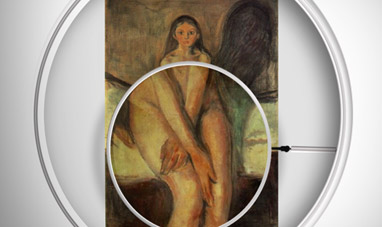

PUBERTY
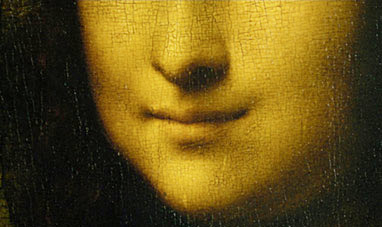

THE MONA LISA
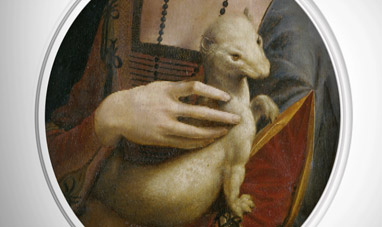

LADY WITH AN ERMINE
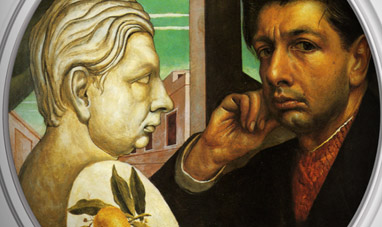

SELF PORTRAIT (GIORGIO DE CHIRICO)
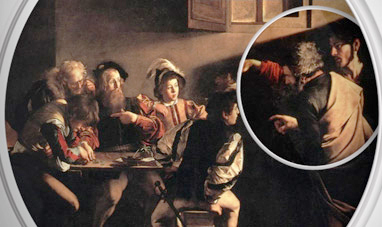

THE CALLING OF ST. MATTHEW
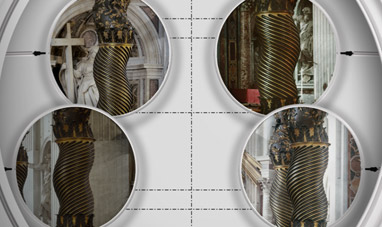

ST. PETER'S BALDACHIN
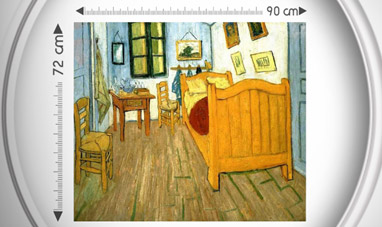

THE BEDROOM
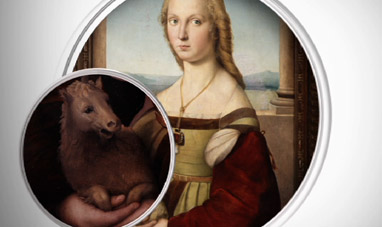

YOUNG WOMAN WITH UNICORN
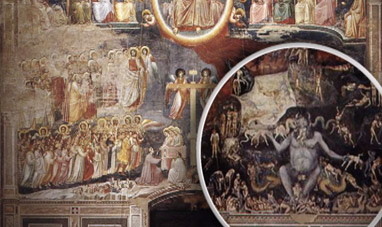

SCROVEGNI CHAPEL
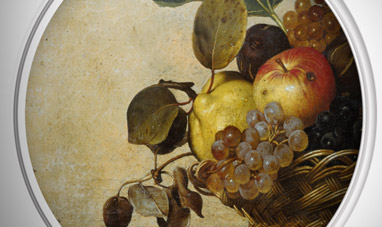

BASKET OF FRUIT


THE SISTINE CHAPEL
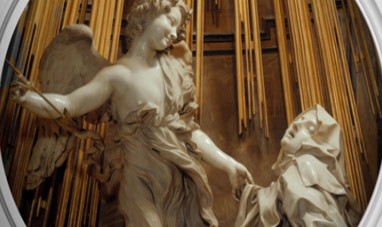

THE ECSTASY OF SAINT TERESA
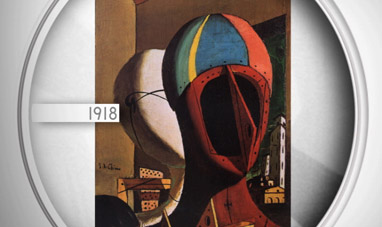

DISQUIETING MUSES
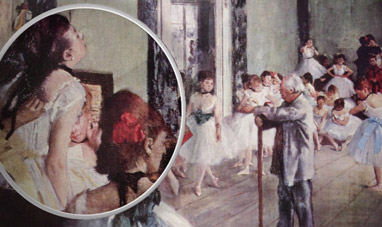

THE DANCE CLASS
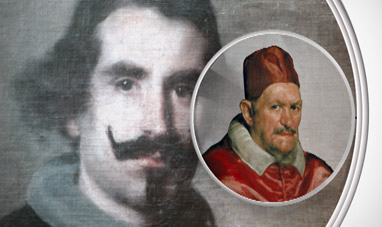

INNOCENT X


SURREALISM
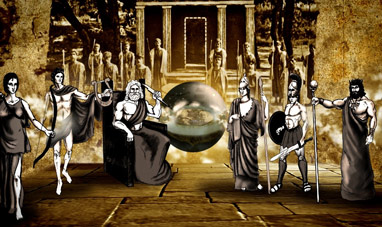

GREEK MYTHOLOGY
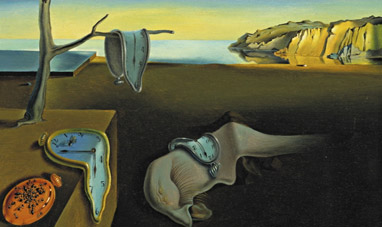

THE PERSISTENCE OF MEMORY
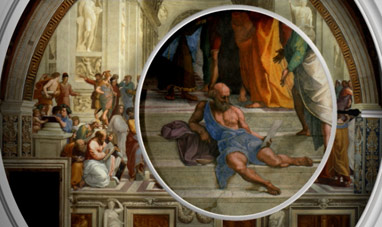

THE SCHOOL OF ATHENS


THE CRUCIFIX OF SANTA MARIA NOVELLA
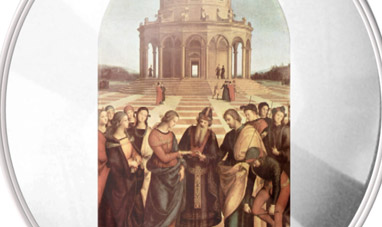

THE MARRIAGE OF THE VIRGIN
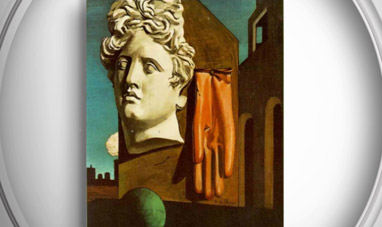

LOVE SONG
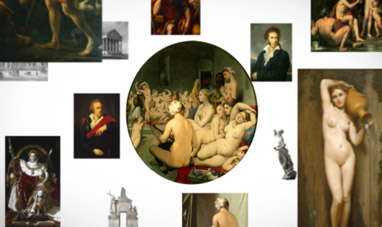

NEOCLASSICISM
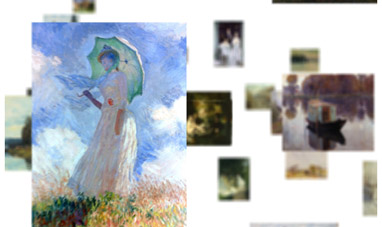

IMPRESSIONISM
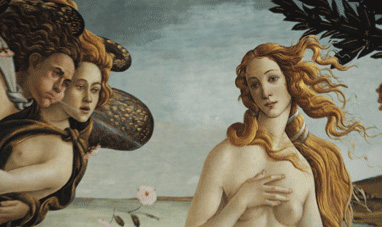

THE RENAISSANCE
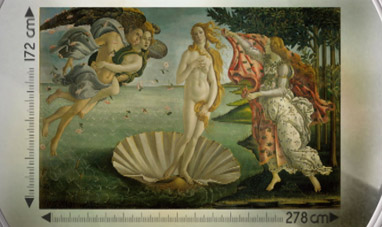

THE BIRTH OF VENUS
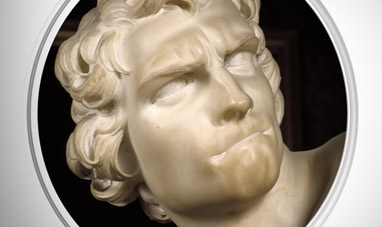

DAVID (BERNINI)


PISCES
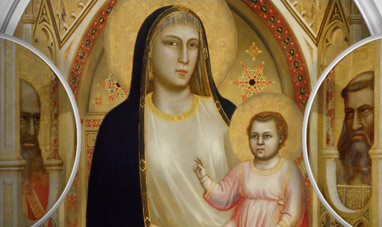

THE MADONNA DI OGNISSANTI


GIOTTO-S-FRESCOES-IN-THE-ASSISI-CATHEDRAL
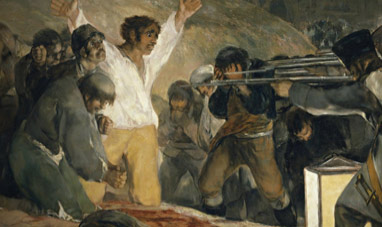

THE THIRD OF MAY 1808: THE EXECUTION OF THE DEFENDERS...


MADONNA OF THE GOLDFINCH
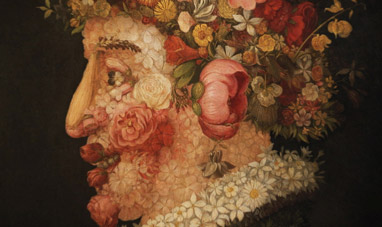

MANNERISM
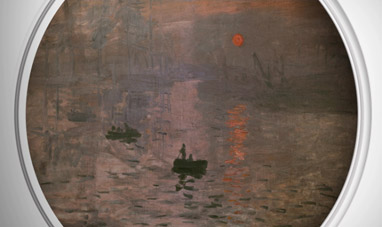

IMPRESSION, SUNRISE
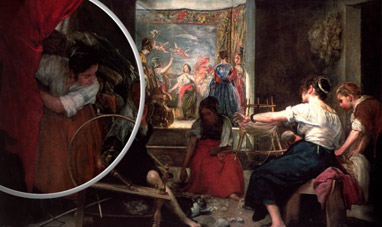

LAS HILANDERAS
